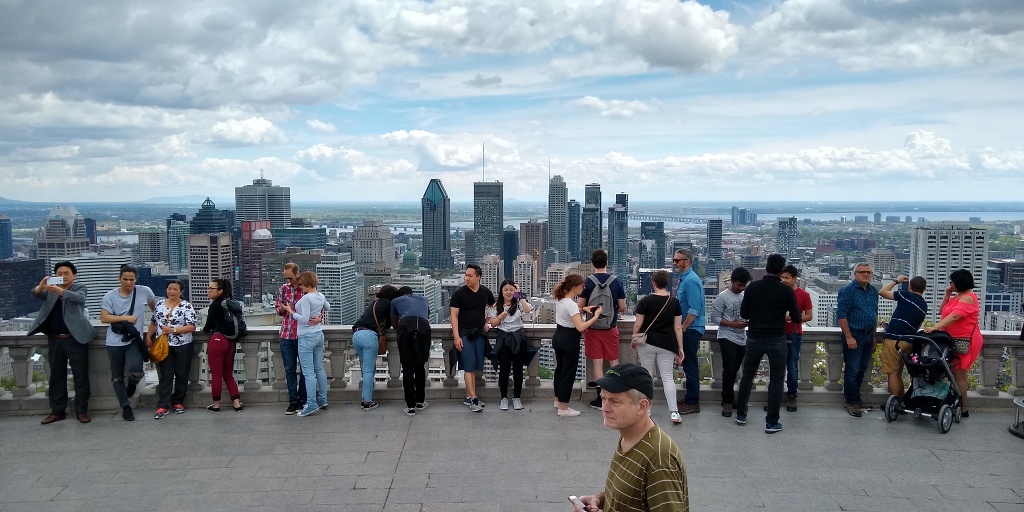The continued creation of me-too startup incubators reminds me of the (South Seas’) cargo cult. Richard Feynman tells the story this way: The cargo cult people were natives of the South Seas who, during the world war, benefited from Western civilizations bringing cargo to their land. After the war ended, and the cargo stopped coming, the natives built wooden artifacts that looked like planes in an attempt to bring back the good old days of free supplies. Obviously, it didn’t work.
When I look at startup incubators, I often see a similar mimicry of assumed best practices. Typically, these are practices brought to this land from Silicon Valley by way of acolytes, tech blogs, and magazines. Silicon Valley has cheap workplaces? So do we! Hackathons? Check! Business plan competitions? Certainly. Stanford does student mixers? So do we. Trivial funding? We provide.
What’s missing from this picture is the adaptation or innovation to make things work in the local situation. There is no place like Silicon Valley, and trying to retrace its footsteps seems pointless to me. What to do, I can’t tell you, or more precisely, it depends on the particular startup incubator context, typically the local economy. Not, because this is your startups’ market (though it may be part of it), but because this is where you can find the most engaged people who might be willing and capable to help you.
As always, the most important resource are people. For a budding incubator, these people are the existing entrepreneurs, the inventors and the dissatisfied, and even professors like yours truly. I expect a startup incubator’s strength to strongly correlate with how well it can tap into this resource.









Leave a Reply